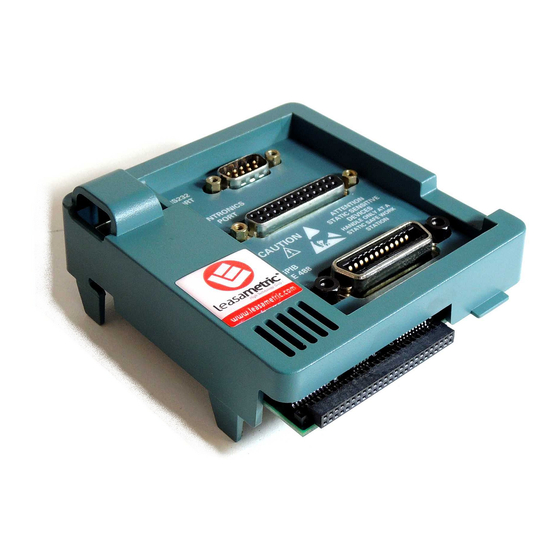
Tektronix TDS 200 Series Instructions Manual
Extension modules
Hide thumbs
Also See for TDS 200 Series:
- Programmer's manual (346 pages) ,
- Operator training kit manual (235 pages) ,
- Service manual (120 pages)
Table of Contents
Advertisement
Instructions
TDS 200-Series
Extension Modules
070-9565-04
This document supports TDS 200-Series firmware
version 1.06 and greater, TDS2HM firmware all
versions, TDS2CM firmware version 1.04 and
greater, and TDS2MM firmware version 1.00 and
greater. Refer to Read Me First on page 1 for
more information.
Advertisement
Table of Contents













Need help?
Do you have a question about the TDS 200 Series and is the answer not in the manual?
Questions and answers